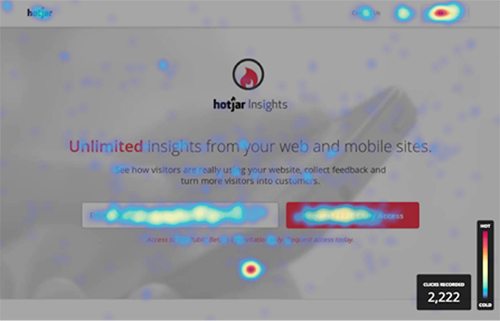How is website development like Formula 1 racing? For the answer, take a quick spin with me to the third round of the 2016 Australian Grand Prix qualifying races and see how the Mercedes F1 team maintained maximum performance by leveraging perpetual beta as a strategy.
Lewis Hamilton and Nico Rosberg of Mercedes finished first and second, with times of 1:23:837 and 1:24:197, respectively. Sebastian Vettel, racing for Ferrari, was third at 1:24:675. Note that fractions of seconds are recorded down to three decimal places—that’s how close these races, which feature top speeds of 233mph, are contested.
So, how does Mercedes ensure consistent success? One way is using massive amounts of data to performance tune their vehicles in real time. Telemetry data (including thermal imaging tire cameras, used to improve speed, efficiency and vehicle safety) is streamed from the race car during practice sessions via Wi-Fi in the 5 GHz spectrum.

This allows the Mercedes team to more efficiently test the configuration of the vehicle during the limited practice sessions before a major race.
And here’s how we return to web development. Mercedes is using a perpetual beta strategy for their F1 racecars—innovation, optimization, and performance tuning are never complete—helping them to shave time and, most important, gain a competitive advantage.
Unlike Mercedes, in the race for dominance on the web that almost every marketer competes in today, most websites are not in perpetual beta mode. Instead, sites are operated more like the typical family car than a Formula 1 racer: buy the model you can afford, use it to get you where you want to go with no thought of upgrades until the next model, and (hopefully) maintain it so the wheels don’t fall off. Most organizations budget for the design and development of a new website once every three to four years. For a company’s primary marketing vehicle, this makes little sense in a world where consumer wants, needs, and expectations change daily.

Using this “family car” innovation model, most organizations invest only in requisite upfront research and analysis during their website redesign. Some simply allocate time to review clickstream analytics, while others may employ table stakes heuristic analysis, small user focus groups, and website performance analytics to answer basic questions such as:
• Where did users enter the website and where do they leave?
• What does a typical path through the website look like?
• What content do users really care about?
• How are users accessing the website (desktop vs. mobile, operating systems, screen resolutions, etc.)?
Organizations using a web analytics platform configured to track behavior flow can also:
• Understand how users behave as they navigate through the website
• Gain insight into the actions users take as they navigate to a particular step in the defined user journey
• Identify opportunities for innovation by eliminating failure points, unnecessary steps, or by returning to previous states
Organizations that rely on their website to generate leads and transactions understand the importance of investing extra time and energy to surface additional insights from existing performance data. Google Analytics offers valuable tools for marketers and user experience designers that yield far more than behavior flow, including goal flow and funnel visualization.
The most sophisticated organizations will also leverage heat maps and user videos to reveal valuable visitor behavior difficult or impossible to interpret with clickstream analysis alone.
Heat map tests provide insights, such as:
• Are visitors clicking on dead ends?
• Are irrelevant elements distracting visitors?
• Is there missing information from your page?
• Does your page work well on different screen sizes?
• Is all of your content easily searchable?
• What are your site visitors really looking for?
• Does your page have what it takes to keep your visitors?
• Is your page helping or hurting performance?

Leveraging visitor recordings takes the guesswork out of the equation and is far more reliable than a focus group—it’s empirical evidence as to what is working and what isn’t.

Armed with this research, the sophisticated marketer or user experience designer can effectively analyze these data points to drive true innovation. But there’s a catch. Regardless of how innovative the website design and development is, entering maintenance mode at launch means the investment begins to lose value within, at most, a few months.
Instead, take a cue from Mercedes F1 and start operating your website with a perpetual beta strategy, never considering innovation, optimization, and performance tuning complete. How? By building evolution into your process:
• Choose a CMS platform that will enable you to efficiently manage consistent innovation
• Take an atomic approach to design and development
• Put the right analytics tools into place to capture meaningful/actionable user experience data; analyze it frequently
• Make consistent cost efficient micro-pivots to the user experience, visual design, and copy.
You’ll find this far more effective than long, drawn-out, and expensive revolutionary changes.

In much the same way the Mercedes F1 high-performance pit crews use telemetry data to performance tune their race cars before a Grand Prix, you’ll continually capture value from your website.






